As stated in my last P2P loan experiment update, I am liquidating all of my notes from Prosper Lending and Lending Club. When you own more traditional investments like ETFs or individuals stocks that trade on a major exchange, you can sell your holdings in literally under a minute and have the trade settled just a few days later. A P2P loan portfolio is less liquid, with the process taking a few more steps, a bit more time, and with additional transactional costs (although there is a potential for profit). Here’s a rundown of how I sold off my remaining Prosper notes (with lots of screenshots), including some potential mistakes and the total timeframe. Skip to the end if you want the short version.
1. Create a separate Folio Investing account. In order to trade your Prosper notes, you need to open a new brokerage account at a company called Folio Investing. To start the process, go to “Invest” at the top dropdown menu and look for the “Trade Notes” link (click on any screenshot to enlarge):
To qualify, you must already have a Prosper lending account and reside in one of the approved states for Prosper lending:
Alaska, California, Colorado, Connecticut, Delaware, District of Columbia, Florida, Georgia, Hawaii, Idaho, Illinois, Louisiana, Maine, Michigan, Minnesota, Mississippi, Missouri, Montana, Nevada, New Hampshire, New York, Oregon, Rhode Island, South Carolina, South Dakota, Utah, Vermont, Virginia, Washington, West Virginia, Wisconsin and Wyoming.
You must also provide them your name, address, Social Security number, and all the other details any new brokerage account will require. Here’s a screenshot of the application page:
I was approved online instantly, with no paperwork to mail in or anything.
2. Put your notes up for sale in either auction or fixed price format. You will be able to pick through any of your current notes and put them up for sale either at a fixed price of your choice, or via a 7-day auction where you can set the initial bid. You cannot sell any notes that are late or worse. If the listed loans become late while on the marketplace, they will be removed. (If they become current again, you can re-list them.)
You can set the price at the remaining principal balance at settlement, or you can have it be at a premium or discount. For example, a high-interest loan with a consistent payment history and improving borrower credit score may sell at a premium. Meanwhile, a lower-interest loan with a few missed payment and a dropping borrower credit score would likely sell at discount. There is a 1% transaction fee charged upon sale (1% of the note’s face value).
How to set your price? Since your loans are little unique things and there aren’t a million buyers out there all the time, there are a few ways to go here. If you want to maximize your sale price with no regard to time spent, you could go the fixed price route and set a very high price like a 10% premium, wait a bit to see if anyone bites, and then manually re-list it at progressively lower prices until it sells. Alternatively, if you are desperate, you could list everything at a fixed price and 10% discount and everything will most likely sell in 24 hours.
Given that I am lazy but not desperate, I just chose the 7-day auction. I did a very basic screen and set all my loans with improved credit scores to a 1% premium (meaning after the 1% transaction fee I’d break even), and set all my loans with lower credit scores to a 0% premium. Here’s a screenshot of some notes with a 1% premium (some are rounded off):
3. Either re-list or collect your money. After that first week, all my higher-quality 1% premium notes sold but only a few of the lower-quality 0% premium notes sold. Many notes had multiple bids, which made me more confident that there was a least a semi-healthy buyer’s market. Since I didn’t want to waste any more time, I set everything to a 5% discount and just let the auction handle itself. Everything sold! In the end, 105 notes sold from between a 5% discount to 5.6% premium, with most somewhere in between. On average, it looks like I just about broke even on the gross sale price but fell behind about 1% net due to the 1% commission.
After the sale, I needed wait another 3 calendar days for settlement. I could the request a cash withdrawal to my linked bank account, which takes 3 business days.
I am still left with 6 notes worth about $100 in remaining principal that have past-due payments and thus can’t be sold on the secondary market. I’m pretty sure that they’ll be charged off by the end of 2015. If the go current again, I’ll just re-list them and expect them to be sold in a week.
Recap. If I had started my auction prices at a steeper discount initially, I would have been able to liquidate the vast majority of my loans within a week, and then add roughly another week for settlement and funds transfer into my bank account. I lost roughly 1% on my remaining principal upon sale (mostly due to the 1% transaction fee). There are still a few remaining late loans (5% of original number of notes) to be charged-off over time or become current again, so I’ll still have to monitor the account occassionally. Given that my primary goal was to generate all my taxable events in 2015 and thus be done with everything by tax filing in April 2016, I think that will be an achievable goal.
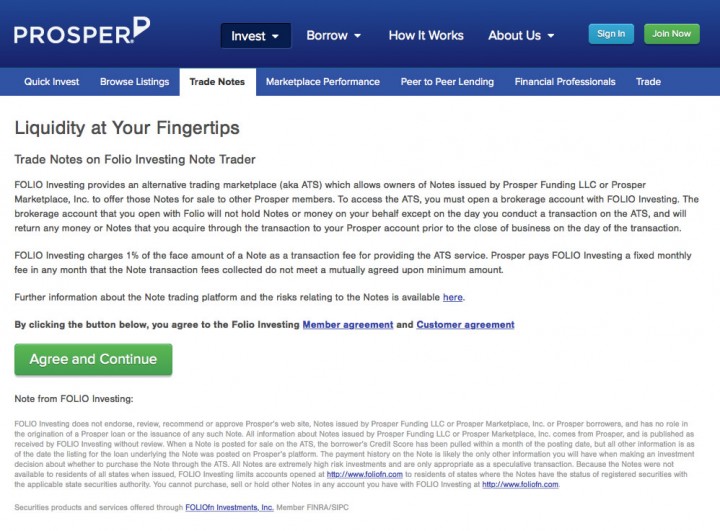
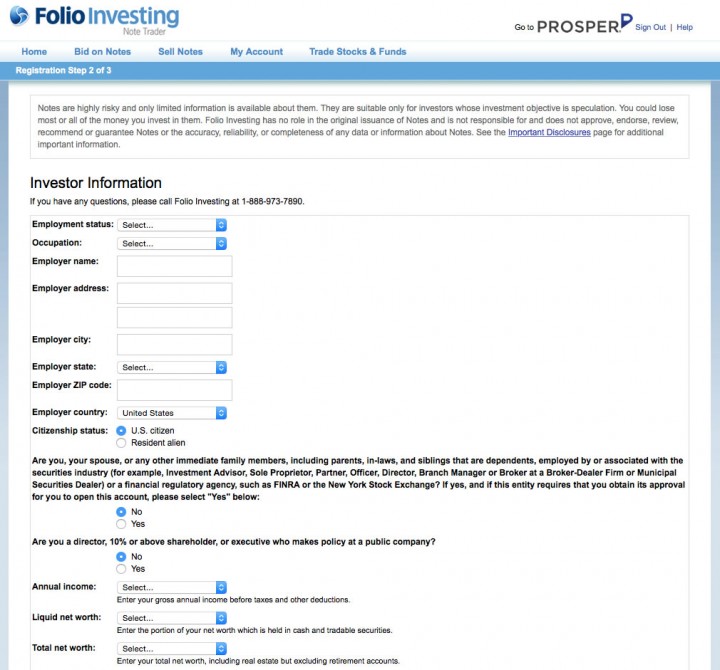
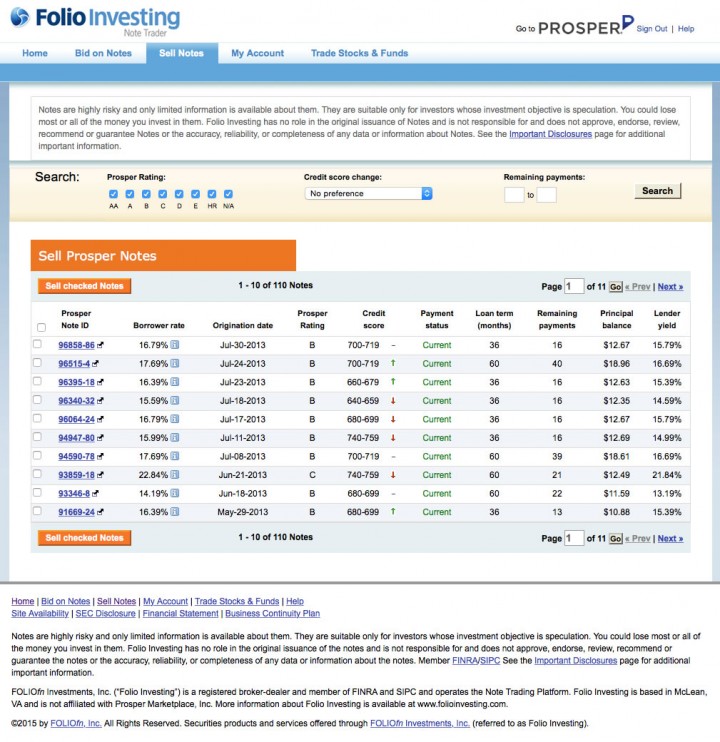
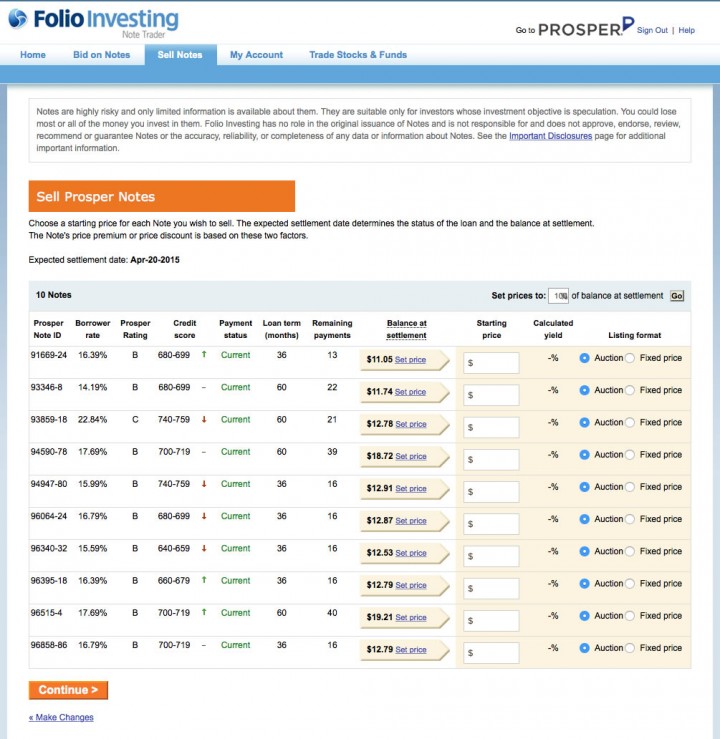
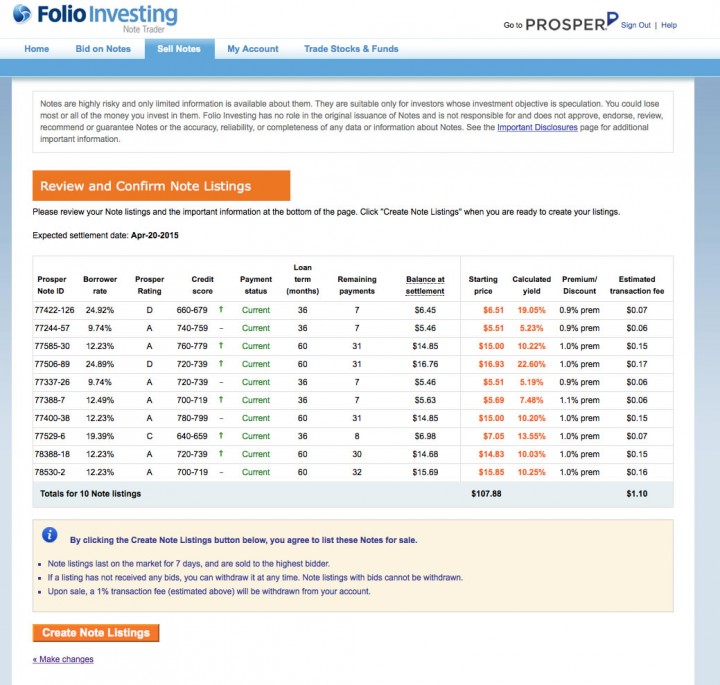
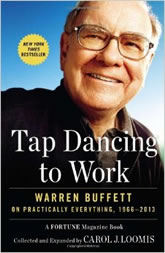 Among the many booths at Berkshire Hathaway’s 2015 Annual Meeting was one run by a local bookstore. Each year, BRK approves a list of books, many of which have been mentioned in shareholder letters or other speeches by Warren Buffett and/or Charlie Munger. I always see media articles referring to this list (ex.
Among the many booths at Berkshire Hathaway’s 2015 Annual Meeting was one run by a local bookstore. Each year, BRK approves a list of books, many of which have been mentioned in shareholder letters or other speeches by Warren Buffett and/or Charlie Munger. I always see media articles referring to this list (ex.  I really enjoyed this article by James Altucher called “
I really enjoyed this article by James Altucher called “ Back for Summer 2015. Fandango has brought back their Visa Signature summer promotion from April 24th to August 21st. 2-for-1 movie tickets on Fridays! You can also get 20% off Fandango gift cards which can be used any day of the week and can be instantly redeemable online.
Back for Summer 2015. Fandango has brought back their Visa Signature summer promotion from April 24th to August 21st. 2-for-1 movie tickets on Fridays! You can also get 20% off Fandango gift cards which can be used any day of the week and can be instantly redeemable online.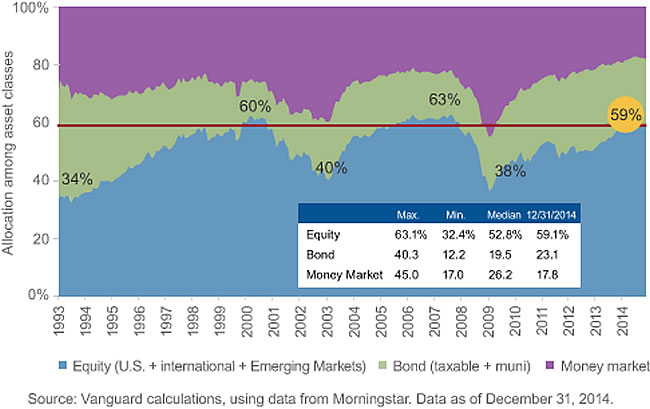
 The Best Credit Card Bonus Offers – March 2024
The Best Credit Card Bonus Offers – March 2024 Big List of Free Stocks from Brokerage Apps
Big List of Free Stocks from Brokerage Apps Best Interest Rates on Cash - March 2024
Best Interest Rates on Cash - March 2024 Free Credit Scores x 3 + Free Credit Monitoring
Free Credit Scores x 3 + Free Credit Monitoring Best No Fee 0% APR Balance Transfer Offers
Best No Fee 0% APR Balance Transfer Offers Little-Known Cellular Data Plans That Can Save Big Money
Little-Known Cellular Data Plans That Can Save Big Money How To Haggle Your Cable or Direct TV Bill
How To Haggle Your Cable or Direct TV Bill Big List of Free Consumer Data Reports (Credit, Rent, Work)
Big List of Free Consumer Data Reports (Credit, Rent, Work)